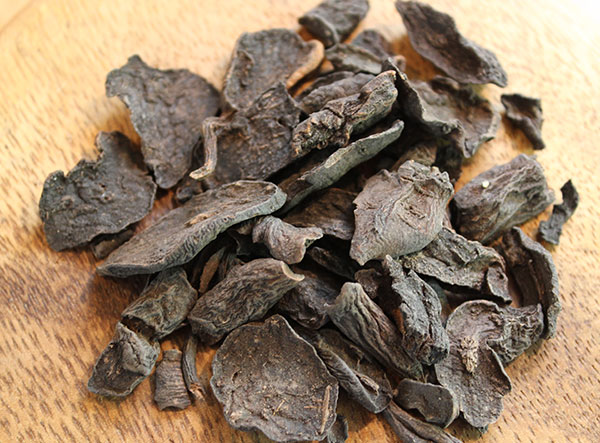Toxicological and melanin synthesis effects of Polygonum multiflorum root extracts on zebrafish embryos and human melanocytes
Keywords:
Polygonum multiflorum, folk medicine, melanin formation, zebrafish embryos, teratogenicity, toxicityAbstract
Polygonum multiflorum (PM) has been commmonly used as folk medicine for treatment of various conditions, such as early graying of hair in humans. However, there have been limited studies which have evaluated the toxicological and biological effects of PM in vitro as well as in vivo. In this study, PM root extracts in ethyl acetate (PM-E) and in distilled water (PM-W) were examined for their effects on the development of teratogenic defects/deaths. Additionally, they were evaluated for their effects on melanin formation in human melanocytes and pigmentation in embryos/larvae of wild type strain AB zebrafish (Danio rerio). Our results showed that PM root extracts at concentrations of 40 mg/L and 105 mg/L induced the development of teratogenic defects, including yolk sac edema (or heart edema), hemovascular defects, necrosis and abnormal trunk in zebrafish embryos at 4 days post fertilization; teratogenic indexes (TIs) were 1.43 and 0.63 for ethyl acetate extract and distilled water extract, respectively. Our results also demonstrated that PM-W significantly increased the pigmentation level of embryos/larvae and induced melanin formation in human melanocytes. The amount of melanin in PM-W-exposed embryos/larvae was 2.2-fold and 1.71-fold greater than those in the control embryos/larvae and control melanocytes, respectively. Our study also showed that the increased level of pigmentation in PM-W embryos/larvae or melanin biosynthesis in melanocytes were both regulated by activation of tyrosinase. Conclusively, our study suggests that PM root extracts could be used as potential agents for treatment of early hair graying as well as various other diseases related to loss of pigmentation. However, these PM root extracts may also have some negative effects on embryos; therefore it should be careful when using for women during pregnancy.
Downloads
Published
2016-09-29
Issue
Section
Original Research
License
Copyright The Author(s) 2017. This article is published with open access by BioMedPress. This article is distributed under the terms of the Creative Commons Attribution License (CC-BY 4.0) which permits any use, distribution, and reproduction in any medium, provided the original author(s) and the source are credited.
How to Cite
Toxicological and melanin synthesis effects of Polygonum multiflorum root extracts on zebrafish embryos and human melanocytes. (2016). Biomedical Research and Therapy, 3(09), 808-818. https://preservation.bmrat.org/index.php/BMRAT/article/view/4
